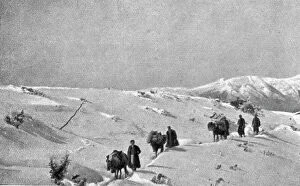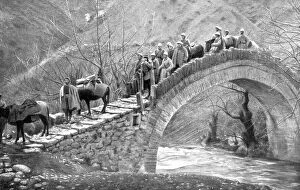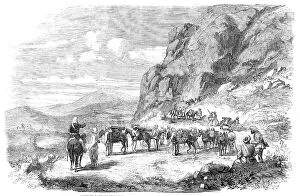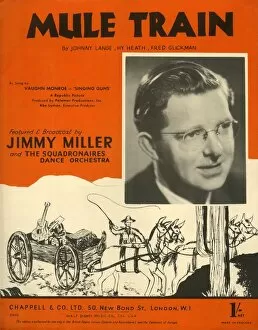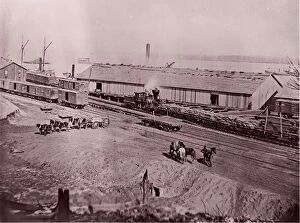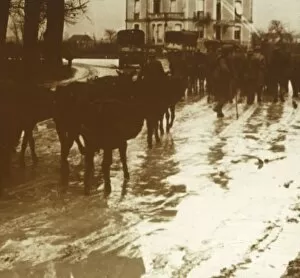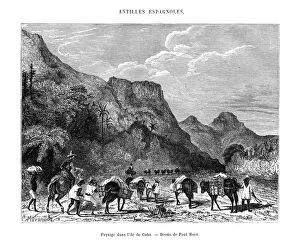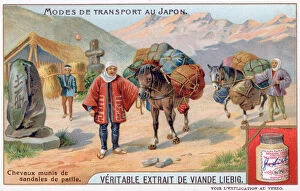Mule Train Collection
"Mule Train: A Timeless Symbol of Strength and Resilience" In the realm of art and history, the image of a mule train has captivated our imagination for centuries
For sale as Licensed Images
Choose your image, Select your licence and Download the media
"Mule Train: A Timeless Symbol of Strength and Resilience" In the realm of art and history, the image of a mule train has captivated our imagination for centuries. From ancient times to modern eras, these magnificent creatures have played an integral role in transporting goods, bridging cultures, and shaping landscapes. One such depiction is the iconic painting "Mule Train" from 1947 by an unknown creator. This artwork beautifully captures the essence of these pack animals as they traverse rugged terrains with unwavering determination. Similarly, Anheuser-Busch immortalized mules on canvas through their oil painting titled "Anheuser-Busch Pack Mules, " showcasing their significance in delivering goods. The power and practicality of mules are further showcased in Edward Loper's masterpiece "Conestoga Wagon Jack. " Here we witness a peasant carefully inspecting his mule's hoof by a serene stream - a testament to the symbiotic relationship between humans and animals throughout history. Moving across continents, we find ourselves amidst the dunes of Beni-Abbes captured in "Dunes (Beni-Abbes)" from Dessins et Peintures d'Afrique. Even during challenging times like World War I, mules remained indispensable as seen in photographs like "Mule train with supplies, Verdun. " Venturing into different corners of the world brings us to Cuba where Paul Huet's landscape painting transports us to its lush beauty while highlighting how mules were essential for transportation on this island during the 19th century. Meanwhile, Japan embraced various modes of transport during that era as depicted in artworks showcasing traditional Japanese methods. These images remind us that even far-flung places relied on trusty mules for their daily activities. Stepping back into time takes us all the way to St Martin of Tours' portrayal dating back to the 4th century but recreated during later centuries.



